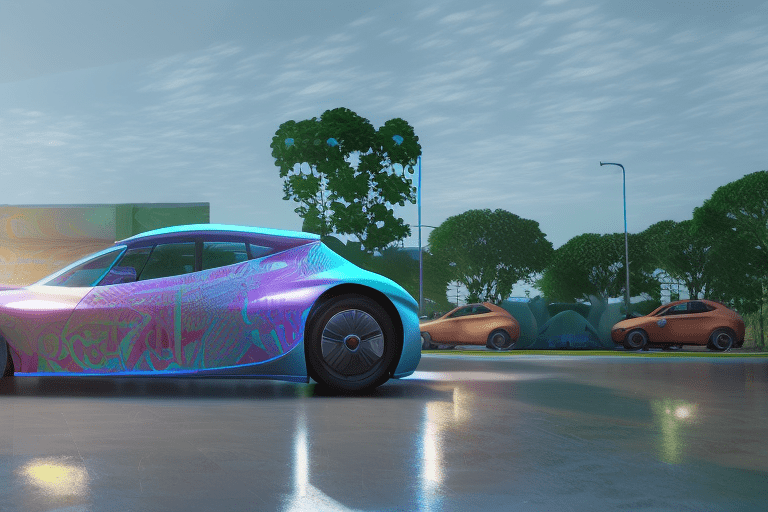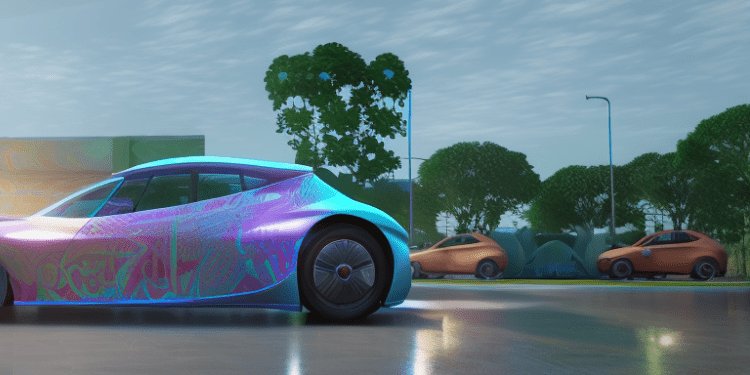BYD and Rever Automotive have made a huge splash at the 44th Bangkok International Motor Show with the launch of the BYD Dolphin hatchback. Not only is this electric vehicle (EV) affordable, but it’s also competitive with some of the popular internal combustion engine (ICE) vehicles in Thailand. The Dolphin starts at 799,999 Baht, which is about $23,256 after government incentives. This is close to the Toyota Yaris Premium S, which starts at 694,000 Baht ($20,178). It’s even cheaper than the Honda City plug-less hybrid that starts from 849,000 Baht, which works out to about $24,684.
The Dolphin has a 180 Nm electric motor and a 44.9 kWh Blade Battery, giving it a range of 410 km NEDC. It also has AC charging up to 7 kW as well as vehicle-to-load functionality and DC charging up to 60 kW. This makes it a great option for those looking for an EV at a price point that is close to some of the popular ICE vehicles in Thailand.
The Dolphin’s launch is a great example of how far EV technology has come in the past 10 years. When the first generation Nissan Leaf was launched, it had a 24 kWh battery and it was starting above $36,000 in most countries. Now, with the Dolphin, you can get a car with a 44.9 kWh battery in Thailand for just $23,256. This is a huge step forward in terms of affordability and accessibility of EVs.
The Dolphin will join the ATTO 3, which has already been launched in Thailand and seen over 10,000 ATTO 3 electric cars being registered in the country. BYD has also started constructing a plant in Thailand that will produce 150,000 vehicles per year. This will help boost the supply of EVs to ASEAN member states and also serve as a base where these affordable EVs will be exported to other right-hand-drive markets.
It’s great to see that the Dolphin has gone on sale in Thailand at prices that are very close to and competitive with some of the popular ICE vehicles from big brands in the compact hatchback segment. This should help the Dolphin get some good sales and accelerate the adoption of EVs in Thailand. We can only hope that this trend continues and more EV models come in at parity with more ICE models in their respective segments.
FAQ
Q1. How electric car batteries work?
A1. Electric car batteries are typically lithium-ion batteries that store energy and power the motor. They are recharged by plugging the car into an electric outlet or charging station.
Q2. What electric car has the longest range?
A2. The Tesla Model S has the longest range of any electric car currently on the market, with a range of up to 370 miles on a single charge.
Q3. How electric car batteries are recycled?
A3. Electric car batteries are recycled by breaking them down into their component parts and then separating out the metals, plastics, and other materials for reuse. The metals are melted down and reused in new products, while the plastics and other materials are recycled into new products.









